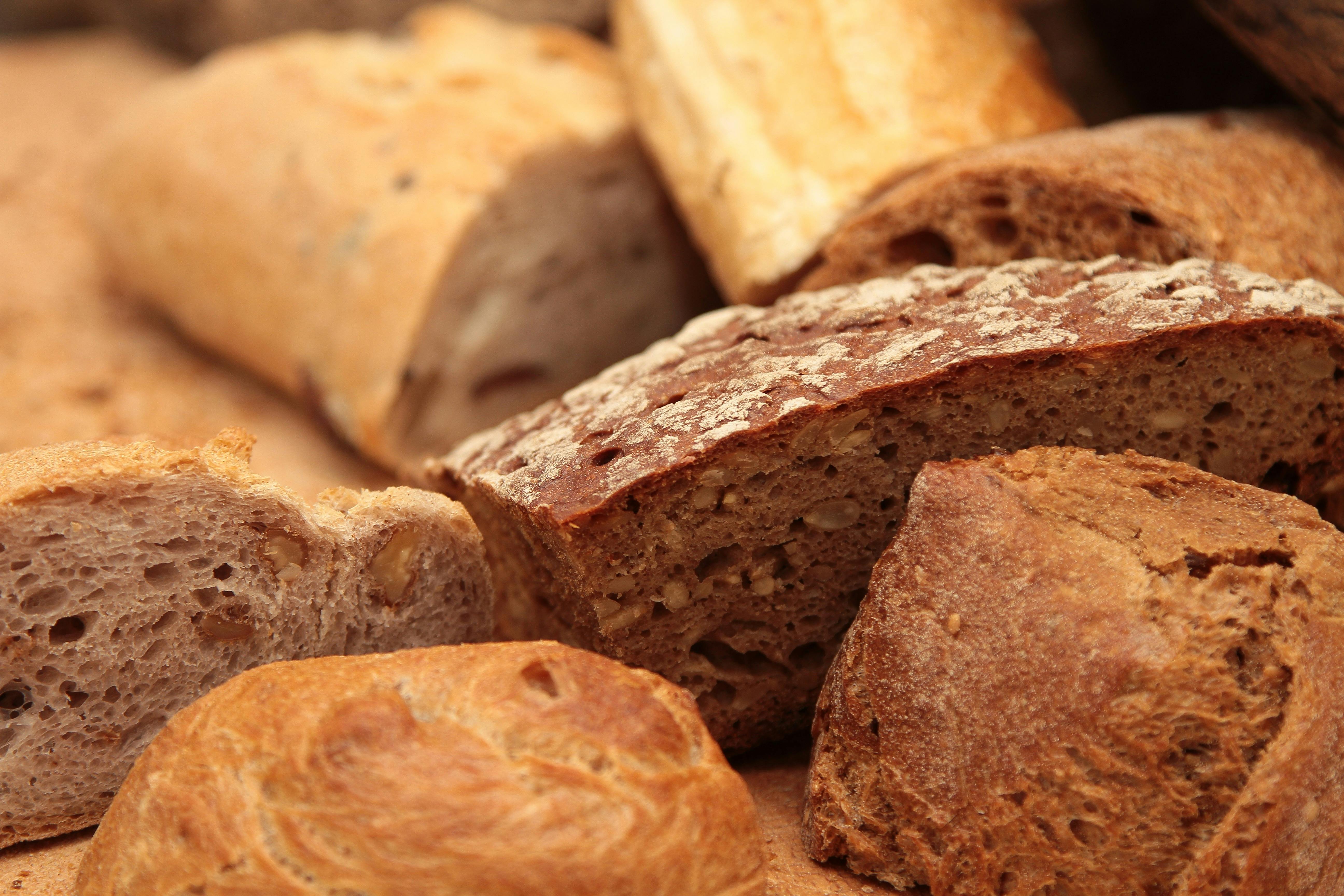 |
| In John's Gospel account too much is just right. |
Looking ahead to this Sunday’s Gospel lesson so many things stand out! First, we have jumped from Mark’s to John’s Gospel account. There are a few implications to this transition that are worth noting in a moment. Second, even as we have switched narrators we find ourselves roughly at the same story as we were last week—namely, the feeding of the five thousand. Third, unlike in Mark’s telling of the Good News of Christ Jesus, John will go on at great length about Jesus’ connections with the Bread of Life. Fourth, if it were not enough that we see one sign (what John calls miracles) of multiplying bread and fish, Jesus then walks on the water and transports the scared disciples from the middle of the sea. Finally, these details collectively point to an overarching theme in the Fourth Evangelist’s narrative, which focuses upon the overabundant nature of Jesus’ ministry. Let’s look more closely at these elements.
While it does not happen every week, except during Lent of Year B, switching from one Gospel account to another does happen fairly regularly. Preachers may not include this boring detail in their preaching; however, when we change from Mark to John it is worth noting. Mark, the earliest, briefest, and most direct Gospel writer told the Good News at a breakneck pace. John, the latest, most ethereal, and least like the synoptic Gospels prattles on in comparison with Mark. What stands out most profoundly when comparing the two is that Mark wants the listener to wonder and to respond to the mystery of who Jesus is with action; whereas, John’s desire focuses upon clearly articulating Jesus’ overabundant nature as the Christ who has come to start an eternal feast. Even through this change we find ourselves in the midst of the same or at least a similar story.
Last week we skipped over part of Mark 6, as we danced around Jesus feeding the five thousand. This week though we are hearing John’s version of that miracle in full. What sometimes feels hard as we compare one story with another is that they do not line up. We could let the discrepancies between stories upend our faith. However, taking into account that these were stories passed down orally and recorded in full later, and that these were stories told in different communities with different needs these differences actually can strengthen our belief in Jesus, his actions, and his teachings. It is like when statements are taken after a traffic accident. Even moments later different eye witnesses and the drivers will share a different version of the same events.
Part of the different version of the same story that John tells has to do with Jesus’ nature as the Bread of Life. John is like one of the photographers who took my school’s pictures growing up—he has an abundance of nicknames. Except instead of “sport” or “tiger” John uses more theologically profound nicknames for Jesus. John uses many analogies to describe Jesus, such as, the Word of Logos, the Good Shepherd, and soon enough in the Sunday Lectionary the Bread of Life. There will be much more time to think about the Bread of Life, but suffice it to say that this life leads to satisfying deeper more eternal hungers that people have.
Jesus feeds the masses, but that is not the only sign that points to his true identity in this
story. Stacking these miraculous signs on top of each other creates a sort of richness that we may not be able to take in all at once. Just one of these signs would be enough to point to Jesus’ nature as the Christ, the Son of God, and the Savior of the world. But, John’s overabundant way of telling the story can be so full that we have to choose one lane instead of grasping the entire picture. Simply focusing upon Jesus’ walking on the water to the disciples’ boat could be enough for a whole sermon. Still that’s not the way John shared the Good News. There was a too-much-ness to his narrative.
John’s Gospel account from the beginning pulls readers or listeners into a world where Jesus has come to bring an overwhelming, overabundant, heavenly banquet here to earth. It is as though his first miracle at a wedding banquet set the stage for the rest of the story being one big party. In that day and in that part of the world parties would have had bread, and this banquet has a lot of bread. Over the next few weeks we will get so much that we might want to become gluten-free. However, as we feast on Jesus who is the Bread of Life we must be conscious of how Jesus points us in the direction of making this a feast for all.
There is too much to preach on this week. Still, as we prepare for this transition from Mark to John in which we stay in approximately the same story, we are challenged. Jesus invites us to recall that at God’s table where we feast on the Bread of Life everyone is invited, just like when Jesus fed thousands!
No comments:
Post a Comment